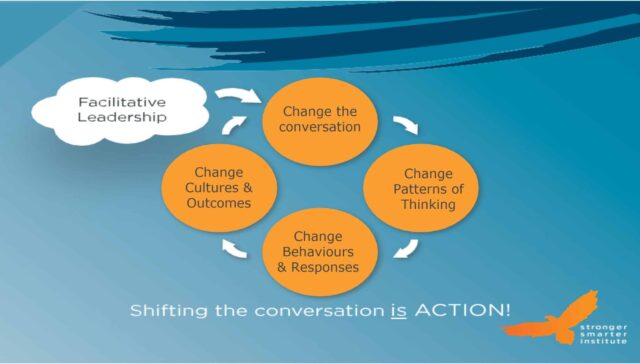
Stronger Smarter Spheres
The Stronger Smarter Approach is built around three interconnected spheres which are spaces where change can occur. The spheres reinforce each other in an interconnected network of influence.
The Stronger Smarter Approach is built around three interconnected spheres which are spaces where change can occur. The spheres reinforce each other in an interconnected network of influence.
Join our Social Profiles
The Stronger Smarter Approach is built around three interconnected spheres of influence: the Personal Sphere, the School Sphere, and the Community Sphere. Each sphere represents a vital domain where change can occur. When all three spheres are activated and aligned, the work together as a connecting space of innovation and creation. The work in each area ensures that the three spheres reinforce each other in an interconnected network of influence. Personal leadership fuels school innovation, which in turn strengthens community partnerships. Empowered communities support culturally responsive schools and further ignite the fire for educators to lead change.
Together with the Stronger Smarter Metastrategies, the Stronger Smarter Spheres provide the ‘how’ to guide schools towards educational excellence for all students. By enacting High-Expectations Relationships and Strength-Based Approaches, the spheres move together with staff, students and community all working together towards the same visions of high expectations and transformational change.
When everyone in the school community shares a common goal of Strong and Smart, developing collaborative and innovative ways to support student success is more achievable and becomes more sustainable in the long term.
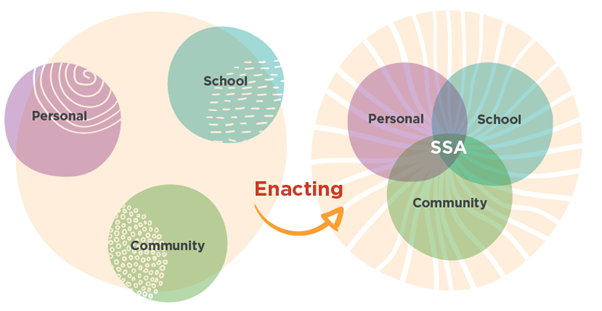
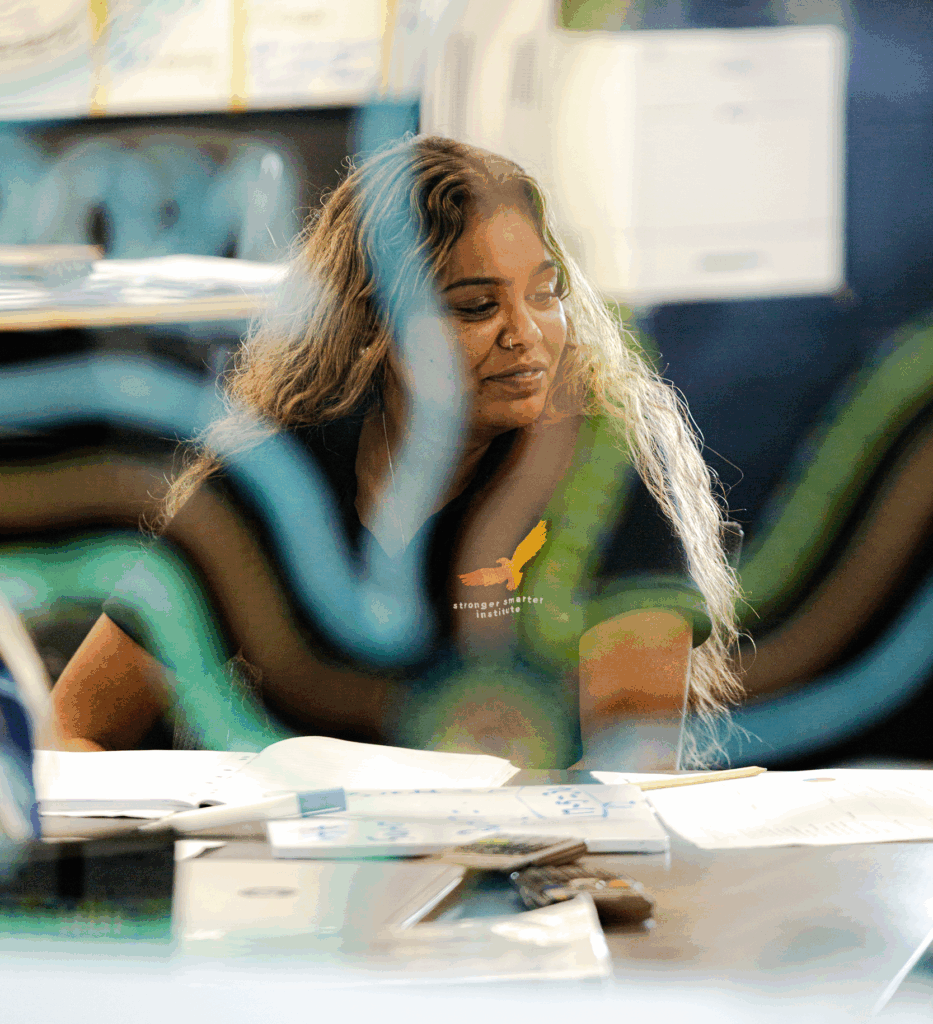
The Personal Sphere is where the Stronger Smarter journey begins. The Personal Sphere focuses on individual transformation, with each individual – educator, leader, student, or community member– building a strong sense of identity, purpose, and high expectations.
At the heart of the Personal Sphere is the belief that everyone has strengths, stories, and cultural identities that matter. Educators are encouraged to reflect on their own identity and biases, and to engage in courageous conversations that challenge deficit thinking and create shared visions. When the school creates spaces for professional conversations and collective decision making, staff are more likely to question the status quo and consider alternative approaches.
The Personal Sphere lays the groundwork for change. When educators engage deeply in the Personal Sphere, they become agents of change. The thinking changes to affirm identity, culture, and connection to Country as sources of strength—not barriers to success. Deep reflection and professional conversations in the Personal Sphere can help shift school cultures from deficit to strength, from exclusion to inclusion, and from low expectations to excellence. This transformation ripples outward—into classrooms, schools, and communities.
The School Sphere is where personal leadership translates into collective action. This is where systemic change begins, through leadership, relationships, and a shared commitment to doing education differently. It is where the Stronger Smarter Approach comes to life in the everyday practices, relationships, and culture of the school. When schools embrace the Stronger Smarter Approach, they become places of hope, possibility, and transformation.
The Stronger Smarter Metastrategies help to guide schools through enacting the Stronger Smarter Approach. Leaders and educators work together to build a high-expectations culture built through trusting, High-Expectations Relationships between teachers, students, families, and communities. School language and practices affirm identity and promote belonging. School cultures are inclusive, dynamic, and responsive to the needs of all students. Students feel cared for and supported in a positive environment where they can be proud of their culture. The learning is challenging, interesting and fun, and students have a strong belief in their own ability to achieve to high standards.
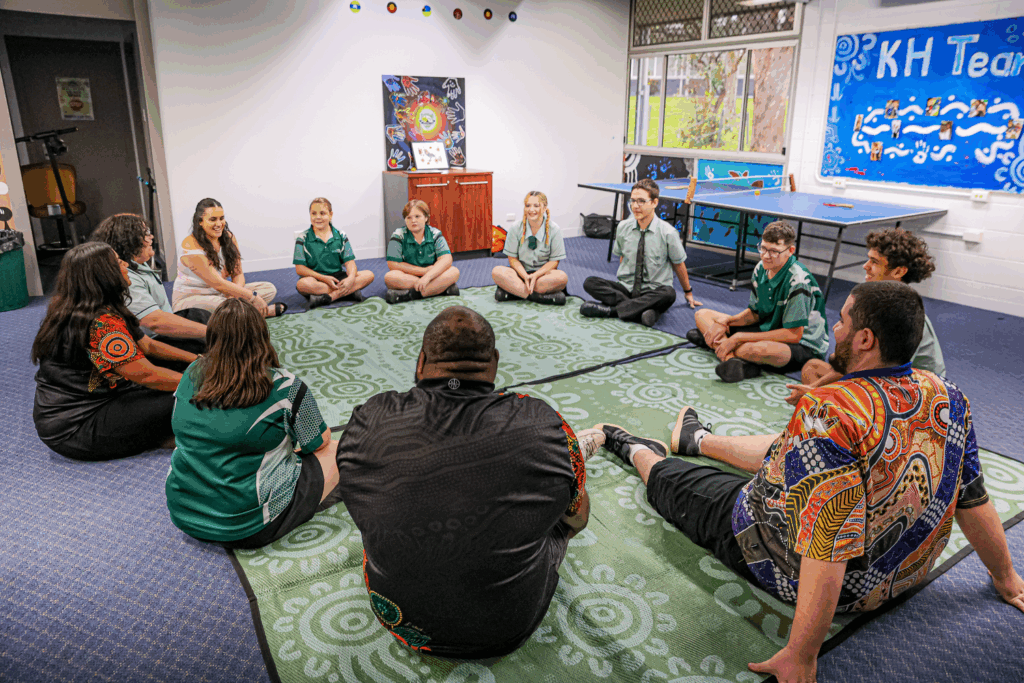
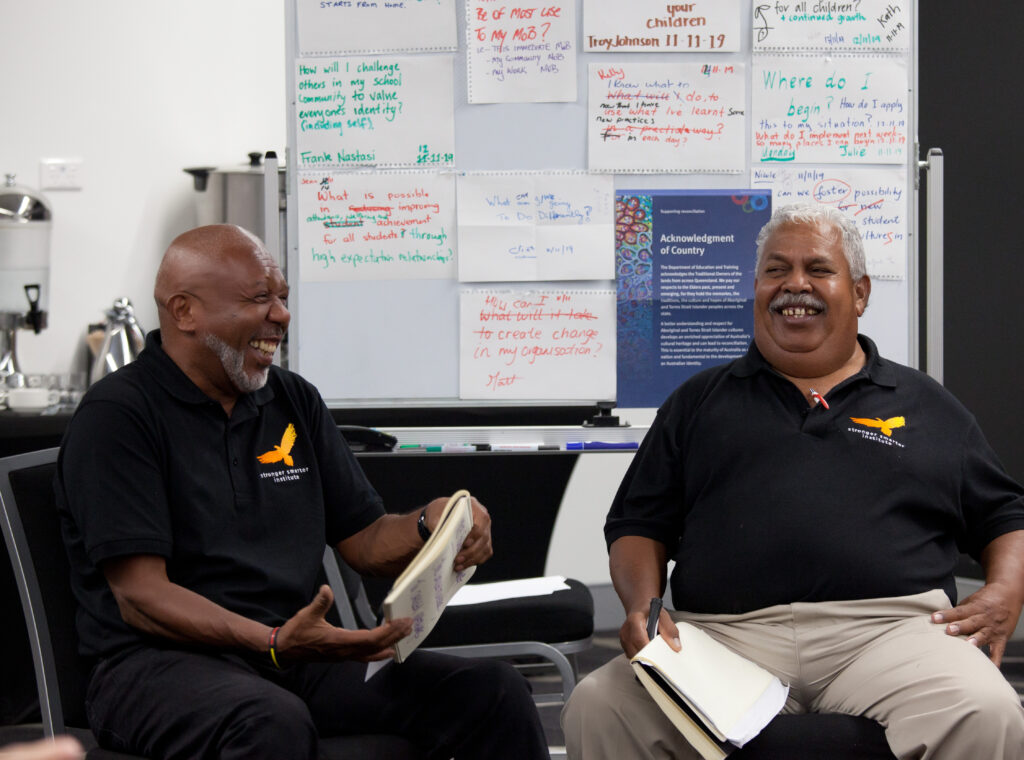
The Community Sphere calls for a shift in thinking from schools acting as isolated institutions to schools becoming active partners with empowered communities. The Community Sphere invites schools to reimagine the traditional ‘community engagement’ as a dynamic, ongoing process where community voices are privileged in all aspects of education. The notions of ‘co-creation’ and doing things ‘with people’ rather than ‘to people’ ensure meaningful community involvement in the school. This approach shifts the locus of control. Rather than expecting communities to confirm to school structures, schools move to meet the community.
In the Community Sphere, local community members are employed at the school, and their knowledge and expertise is valued to help develop curriculum and pedagogy that are responsive to community context. There is a focus on Elders as partners in education and creating space for community knowledge and cultural practices within the school. As this community engagement increases, this provides opportunities for school staff to increase their own knowledge and place a greater emphasis on culturally responsive pedagogies and curriculum.
Read our Blogs and Alumni stories about the Stronger Smarter Spheres.

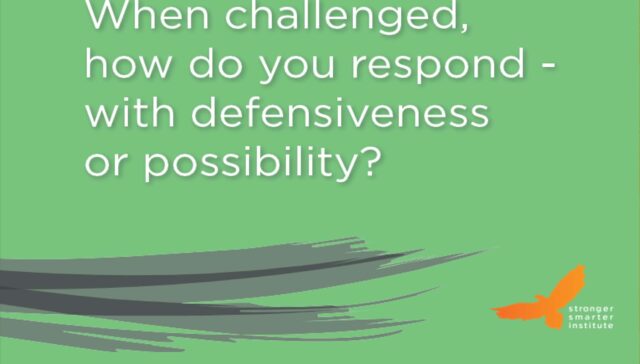
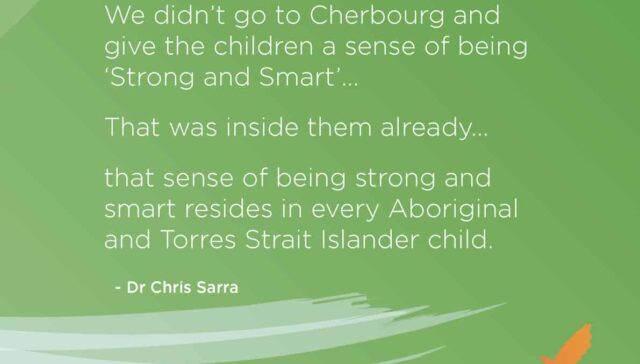
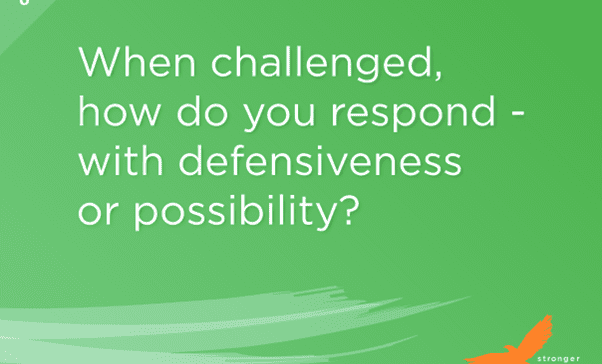
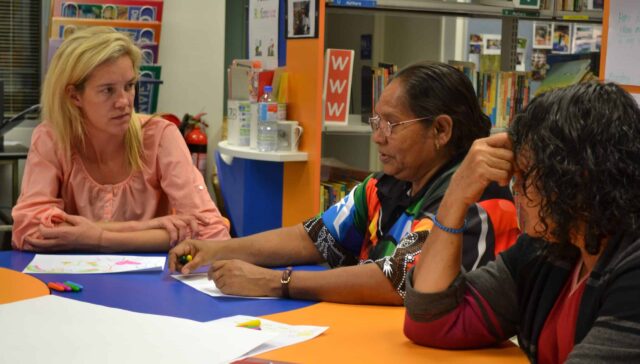
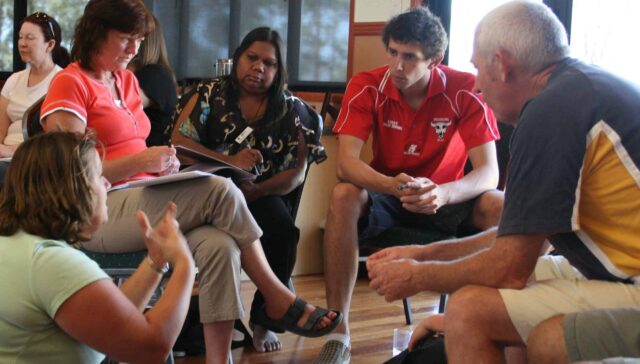
Edgar Schein’s book, Organizational culture and leadership, is considered a definitive work on understanding organisational culture. The Stronger Smarter Leadership Program (SSLP) uses Schein’s work, alongside the Indigenous Knowledge framework of the great Torres Strait Islander leader and thinker Uncle Steve Mam, to show how subconscious patterns of thinking and behaving can impact on classroom practice. In this reading review, we provide a summary of the key aspects of Schein’s work that underpin the SSLP.
In the Stronger Smarter Leadership Program (SSLP), we use the provocation from Margaret Wheatley that “What organisations need is leadership – not leaders.” In this reading review of Wheatley’s book, Leadership and the New Science, we delve into what this means, and how it links to the Stronger Smarter view of leadership.
Lewthwaite et al (2016) explored Aboriginal student and family voices about what classroom environments and teacher practices look like if they are truly reflective of Aboriginal students’ histories, preference and circumstances.
This ACER report by Nan Bahr and Suzanne Mellor concludes that the difference between a competent teacher and a quality teacher is the personal qualities – the forces that bring the competencies together holistically.
Adding {{itemName}} to cart
Added {{itemName}} to cart